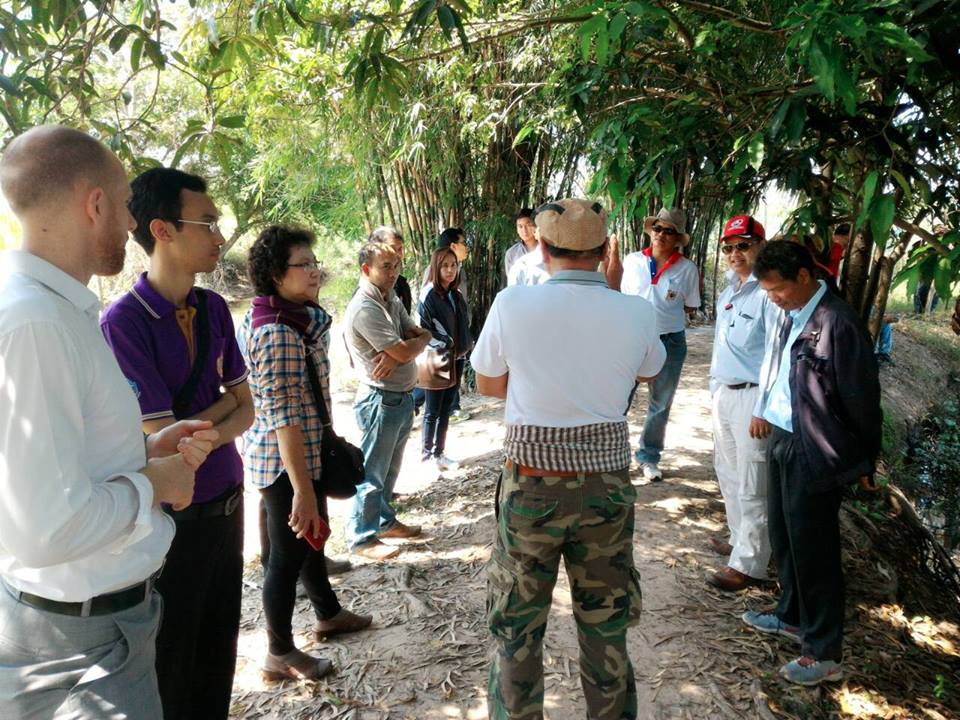Forming and strengthening alliances for communication, capacity development and implementation, including financing
Successful EbA planning and implementation needs strong alliances – among different public sectors and levels, with the private sector, with civil society and research institutions. The project strengthens existing partnerships and supports the formation of new ones. These alliances are the breeding ground for awareness raising and communications with regard to EbA (results are e.g. a multi-media strategy, videos and other information material) and joint capacity development measures such as training courses. The creation of the “Climate, Ecosystems and Communities Knowledge Network” for advancing in the search of EbA solutions for the recovery of the Virgen Coastal Lake and its channel system in Cartagena is one tangible result. The education sector has incorporated the EbA approach into educational programs. In this way, the stakeholders bring together complementary competences and knowledge, financial resources as well as contacts and networks. The different initiatives have already attracted interest by the port sector, representatives from the tourism industry and the National Association of Industries, among others. A broad-based financing strategy for EbA is being worked out together with national and regional actors.
*Plan 4C as general framework and setting for decision-making.
*EbA measures are embedded in the existing overall adaptation strategy and not an end in itself.
*Willingness to cooperate beyond institutional boundaries for improving environmental factors and human wellbeing.
*Scaling up actions and recovering hydrologic dynamics of the Virgen Coastal Lake requires the coordinated action of government institutions, local communities and the private sector, in combination with the creation of appropriate incentives.
*Alliances and strong cooperation is an important success factor as it helps mobilize the necessary technical and financial resources.
*A strategic capacity development approach in the field of EbA for project partners is key to build and sustain a shared understanding of the core problems, underlying causes and options and interest in action.
*Effective communication of EbA benefits is needed to ensure the involvement and commitment of different stakeholder groups. It should always be prepared in an appropriate language and address their specific needs.
*Strengthening local capacities so that authorities, the private sector, academia and communities make better decisions to conserve ecosystems and reduce vulnerability to climate change.
